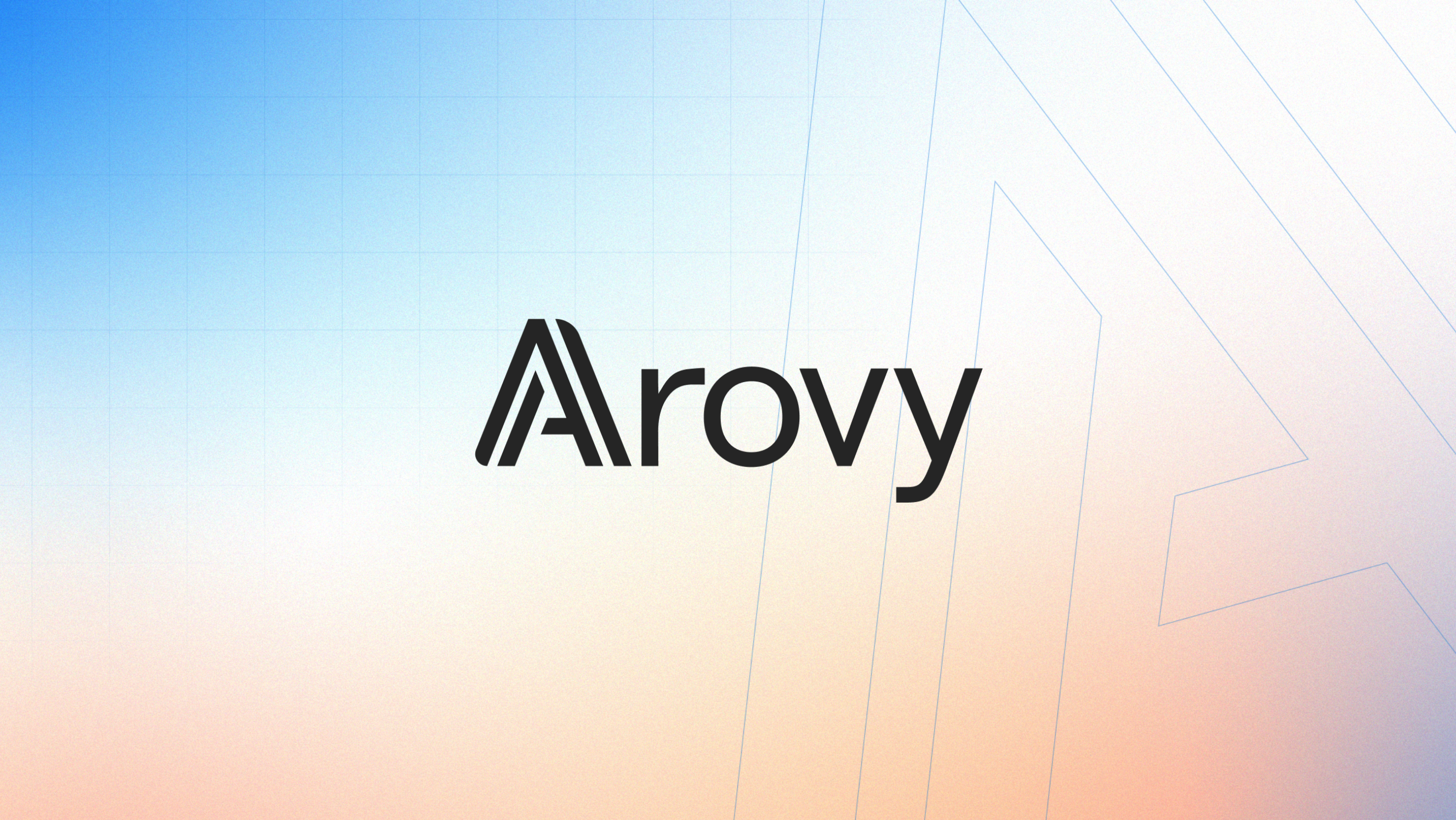Enter the RevOps Partner
RevOps, and Operations more broadly, are experiencing something of a renaissance. The old distinctions between IT and core business functions are breaking down, and companies are realizing that they need to cultivate an entirely different core competency of technology fused with process.
It’s no longer enough to invest in good business applications. Companies must invest in talent and build out teams that can customize, continuously improve, and frankly … run those applications to allow core business functions like marketing and sales to do what they do efficiently and effectively.
That’s the good news. The catch is that because this mode of thinking is relatively new, businesses often lack the appetite to hire at levels commensurate with their actual need. Or even if they do get it and want to bring in great RevOps talent, let’s face it, it’s a seller’s market out there right now.
Enter the RevOps partner. You might know them by other names like “consulting partners” or “SI’s.” If your organization has a large appetite for making improvements to RevOps systems and processes but the possibility of hiring full-time talent isn’t available, it might be time to engage with a partner.
However, engaging a RevOps partner can feel like its own can of worms. How do you really know when it’s appropriate to engage a partner or more importantly, which partner is right for your business?
Signs it may be time to engage a RevOps partner
There is no magic formula for determining precisely when it’s the right time to bring in a partner. That said, there are some interesting conversations happening in the RevOps field that play with the idea of optimal ratios of ops staff to line staff. While they are interesting to think about, it's likely too early in the evolution of RevOps for those metrics to be fully understood well enough to drive decisions around hiring or partner engagement.
The decision to work with a partner is going to rely much more on intuition than metrics, and that’s okay. Where most people begin their analysis is by surveying the tools and technology they have on hand and as well as those they are fairly certain will be purchased in the near term. A basic gap analysis is done for technical expertise and volume of work. If it feels like too much for the in-house team to take on, the conversation about bringing in partners begins. This isn’t a bad start, but it’s incomplete and lacks context.
A savvy RevOps leader will go a layer up from tech and tools and analyze the business’s long and short-term goals. What type of company does this business actually want to be? What are its growth aspirations? Is it looking to drastically increase market share in a short period of time? Is it looking to acquire competitors? What’s the culture like? Is it a quick-moving startup or a slower-moving mature business?
Suppose an executive is pushing for an enhanced configure, price, quote (CPQ) capability. Maybe you’ve got some measure of CPQ expertise on your team, but how quickly does the executive expect it to be delivered? More importantly, are there other drivers influencing the CPQ decision? Is the business making a move into an entirely new customer vertical? If so, does anyone on the current team actually have domain experience in that vertical?
Analyze the goals themselves and make some assumptions about capabilities that will need to be added to the tech stack to support them. Interrogate not only the technical but the domain expertise of your team. If an honest assessment reveals that you can’t or shouldn’t hire internally to meet the company’s goals, then it’s time to engage some outside help.
How to find a RevOps partner that’s a good fit for your team
Finding a great RevOps partner isn’t unlike dating. Again, it can’t be distilled into a formula. But there are three main pieces to the rubric by which you should evaluate a partner:- Expertise (Technical and Domain)
- Culture Fit
- Cost
Expertise
Expertise will have two dimensions to it: technical and domain expertise. Technical expertise is the easier of the two to assess. Generally, the partner has either successfully implemented the product in question or they haven’t. Beyond that, use your well-honed spidey sense to evaluate how deep their technical expertise goes. You can typically tell when someone’s technical knowledge is only surface deep. Ask them to discuss past implementations at a level of detail that lets you evaluate their technical know-how.
Think of domain expertise as familiarity with your business model and broader industry vertical (e.g., Health and Life Sciences). If the partner you are interviewing doesn’t even understand the basic jargon and business use cases of your industry, it’s a huge red flag. Without some sort of broader understanding of the common pain points businesses in your industry face, it’s unlikely they will be able to deliver the solutions you are looking for.
That being said, be careful not to go overboard here. Your partner doesn’t have to be more of an expert than you, they just need to know enough to ask the right questions and navigate the engagement without having to Google every 30 seconds just to keep up with a discovery conversation. This is a balancing act, and while expertise is important, it has to be balanced with culture.
Culture
There’s likely not a more explored topic in business circles than company culture. As such, we probably don’t need to define it here. You know it when you see it. And simply stated, the culture of your RevOps partner has to align with the culture of your organization.
Is your organization cost-conscious and slower to absorb change? You should consider working with a partner whose culture is similar, who will meticulously track changes to scope and cost, and front-load as much discovery as possible to hedge against cost overruns. Is your organization a nimble startup that pivots frequently? Find a partner with more agile tendencies whose service delivery model is built to absorb change and iterate quickly.
Regardless of where you fall on the agility continuum, it’s most important to find a partner who will truly act in accordance with their namesake: like a partner. You want a partner who will view your success as their success, who will actually provide you with their own worldview and sound advice on the best way to implement your solution. And you want a partner who is focused on the big picture of your mutual success rather than fixated on squeezing every last hour out of your engagement as though it’s some sort of zero-sum contest.
Cost
Last for a reason, cost is something that has to be considered. But as much as possible, you should deprioritize it relative to culture fit and expertise when evaluating a partner. There will be financial realities that you will have to account for, but within those constraints, you should really try as much as possible to push cost, and particularly unit costs like hourly rate, out of the equation.
RevOps partners abound touting rock bottom rates (usually driven by offshore resourcing) that initially look attractive but often can lead to a greater total cost of ownership due to quality issues and rework. There is no magic number to evaluate this, every engagement is different. And offshoring isn’t inherently bad either, by the way. But it’s important to know that good RevOps expertise is worth paying for. Investing in a partner that is a good fit for your business and has the ability to be a long-term partner will drive much better ROI in the long term.
In Conclusion
Unfortunately, there is no magic eight ball we can shake that tells us precisely when it’s time to work with a partner or who that right partner will be. But sound planning and a rigorous evaluation of partner fit will increase the likelihood of a good experience and, ultimately, greater success for your team and your business.
The good news is that in many ways the RevOps partnership ecosystem is as strong as it’s ever been. Partners are experimenting with new implementation models and approaches to delivery that maximize time-to-value and remove friction normally associated with professional services engagements. Trust your instincts and do your homework, and odds are high that you will find the right partner.


.webp)







